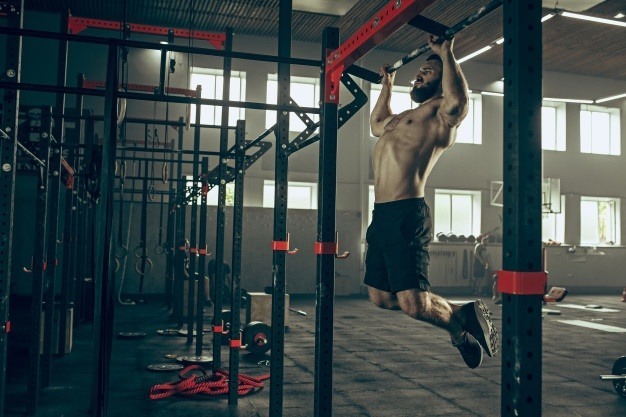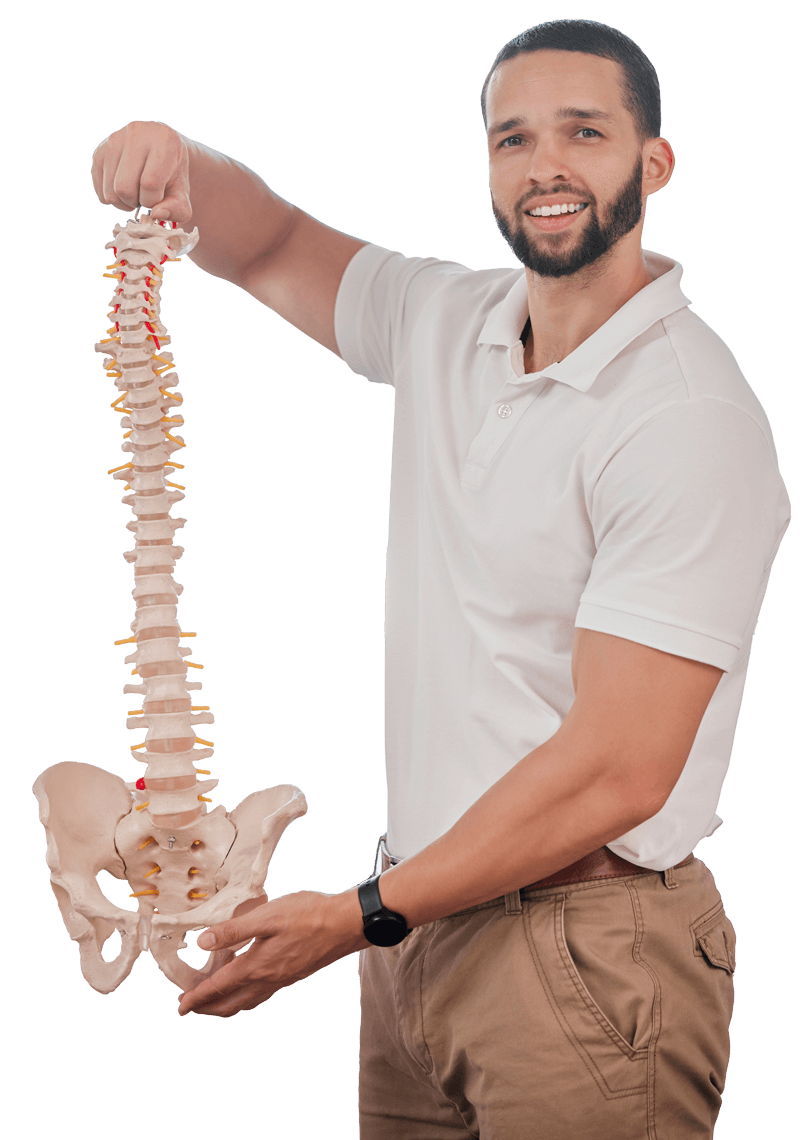Understanding push to pull strength ratio
In this context, it is essential to discuss the comprehensive strength training program which should address the entire body. It is usually imbalanced in a way that dedicates more overall training volume to the areas of your body where you are trying to develop the most.
The term ‘pull double what you push’ may be used in and as a general strength standard. It indicates that you should be able to carry out double the number of reps in horizontal pulling exercises and with the same weight-load, you use for a similar horizontal pushing exercise. At the beginning of the horizontal pull (when you extend your arms), your large pulling muscles have a mechanical advantage over the load.
Should You Pull Double What You Press?
Some people have their ‘pushing’ volume heavily influenced by the huge, compound, bench press, pressing movements, machine press variations, and dumbbell press variations and. At the time of executing these movements, it is necessary to keep the shoulder bone ‘back and down’. This allows the shoulder blade to be stable and provides a supportive and strong foundation for the pressing muscles to produce more force. This ‘back and down’ position is also heavily implemented in a majority of pulling movements and is the suitable position needed for the stable pressing position required for the safe execution of the major press variations.
Also, it is important to look at the pull and push methods:
Vertical Pull
A vertical pulling exercise is any exercise that implicates moving or propelling a weight down vertically in towards your torso so that you are pulling down from overhead (think lat pull-downs).
Particularly, the most common examples of vertical pulling movements are:
- Chin-Ups
- Pull-Ups
- Lat Pull-Downs
Vertical Push
A vertical pushing exercise is any exercise that implicates moving or propelling a weight up vertically in towards your torso so that it goes straight over the head or at least in that direction (think shoulder press).
Particularly, the most common examples of vertical pushing movements are:
- Front Raises
- Lateral Raises
- High Incline Bench Press
- Standing Overhead Shoulder Press
- Seated Overhead Shoulder Press
Horizontal Pull
A horizontal pulling exercise is any exercise that implicates moving or propelling a weight in towards your torso horizontally from straight out in front of you (think rows).
Particularly, the most common examples of horizontal pulling movements are:
- T-Bar Rows
- Bent Over Rows
- Seated Cable Rows
- Chest Supported Machine Rows
Horizontal Push
A horizontal pushing exercise is any exercise that implicates moving or propelling a weight straight out in front of you so that it goes away from your torso horizontally (think bench press).
Particularly, the most common examples of horizontal pushing movements are:
- Bench Press
- Decline Bench Press
- Low Incline Bench Press
- Incline/Decline/Flat Flyes
- Incline/Decline/Flat Chest Press Machine
Though it is strongly believed that pulling muscle stature can produce more power than pushing it however it is practically not recommended by most health and fitness coaches that you should be able to pull double what you can push.
Care2Cure believes in providing one of the best physiotherapy and rehabilitation service by assisting our clients with a personal approach. Our personalized approach towards health and wellbeing includes observing and analyzing a patient’s general habits and lifestyle.
Searching for a physiotherapy clinic or massage therapy in Prince of Wales? Care2cure proudly provides you high-quality physiotherapy across Ottawa.
We are even considered as one of the best rehab centres in Barrhaven.
The specialized treatment at care2cure physiotherapy and rehab centre heals your body from pain.
Get a consultation now.
CALL: 613-695-7733(Prince) / 613-440-6600(Barrhaven)
E-MAIL: Info@care2curephysiotherapy.
We care to cure.


